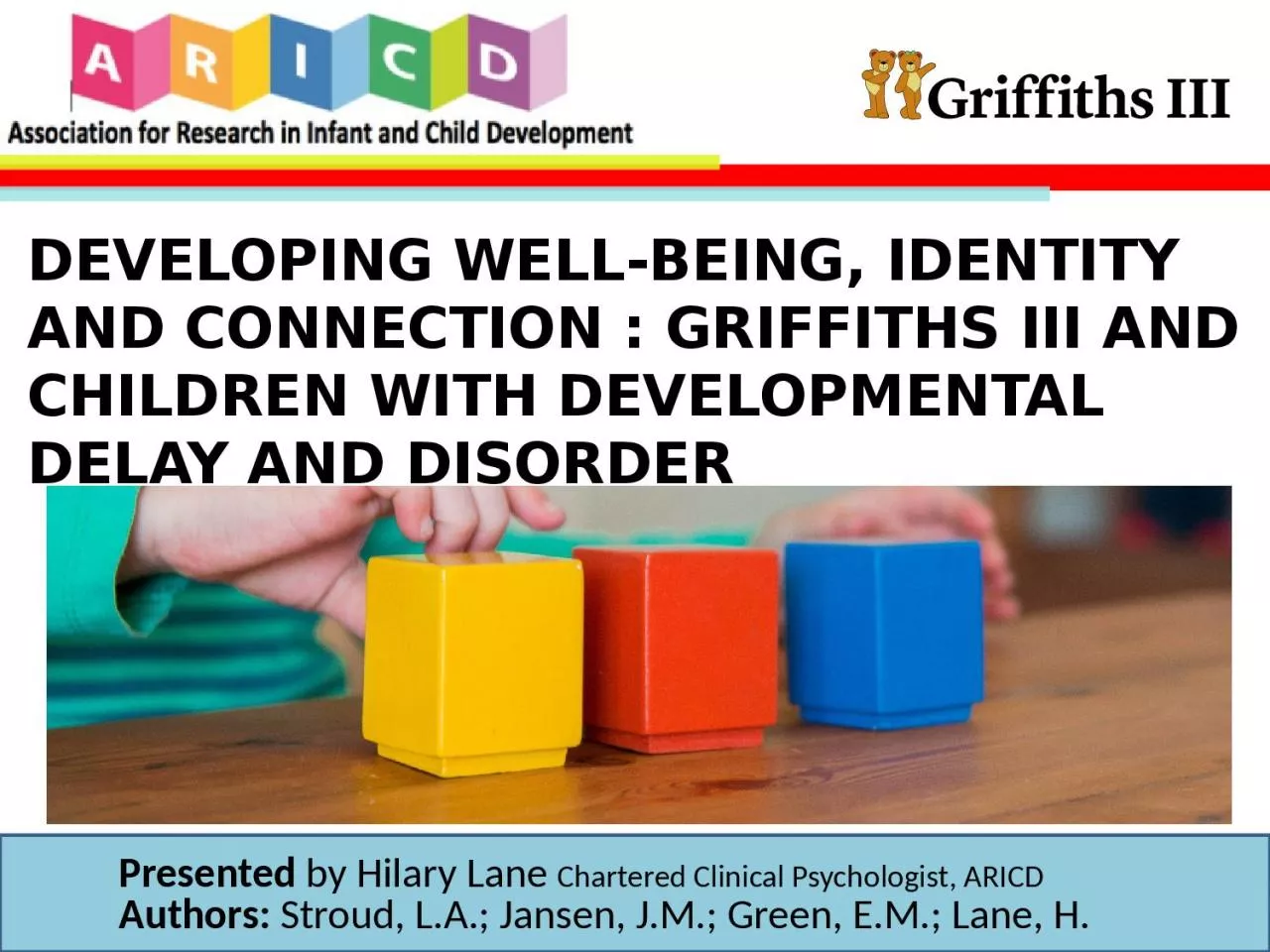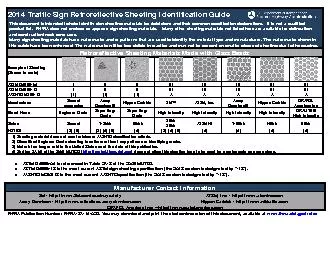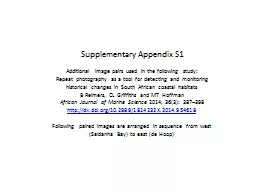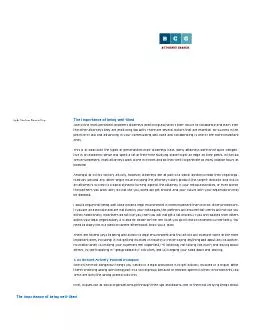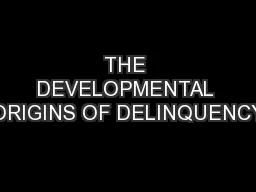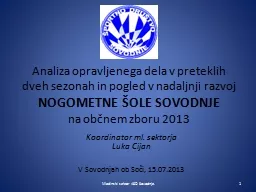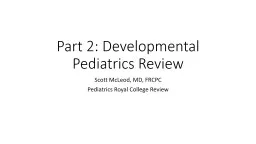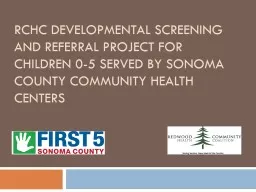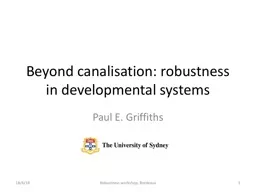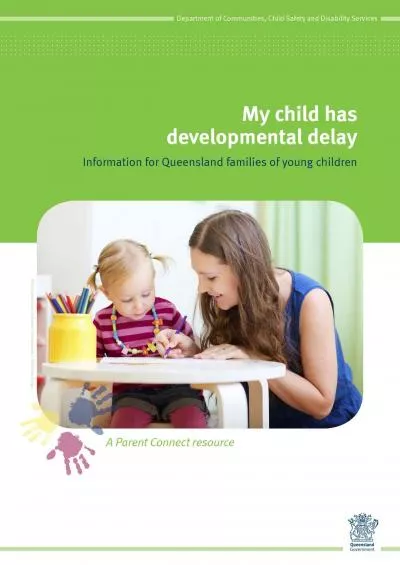PPT-DEVELOPING WELL-BEING, IDENTITY AND CONNECTION : GRIFFITHS III AND CHILDREN WITH DEVELOPMENTAL
Author : wang | Published Date : 2023-05-21
Presented by Hilary Lane Chartered Clinical Psychologist ARICD Authors Stroud LA Jansen JM Green EM Lane H An increasing topic in international infant and child
Presentation Embed Code
Download Presentation
Download Presentation The PPT/PDF document "DEVELOPING WELL-BEING, IDENTITY AND CONN..." is the property of its rightful owner. Permission is granted to download and print the materials on this website for personal, non-commercial use only, and to display it on your personal computer provided you do not modify the materials and that you retain all copyright notices contained in the materials. By downloading content from our website, you accept the terms of this agreement.
DEVELOPING WELL-BEING, IDENTITY AND CONNECTION : GRIFFITHS III AND CHILDREN WITH DEVELOPMENTAL: Transcript
Download Rules Of Document
"DEVELOPING WELL-BEING, IDENTITY AND CONNECTION : GRIFFITHS III AND CHILDREN WITH DEVELOPMENTAL"The content belongs to its owner. You may download and print it for personal use, without modification, and keep all copyright notices. By downloading, you agree to these terms.
Related Documents

